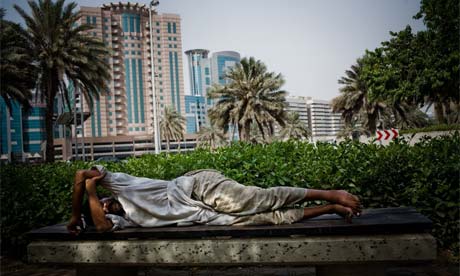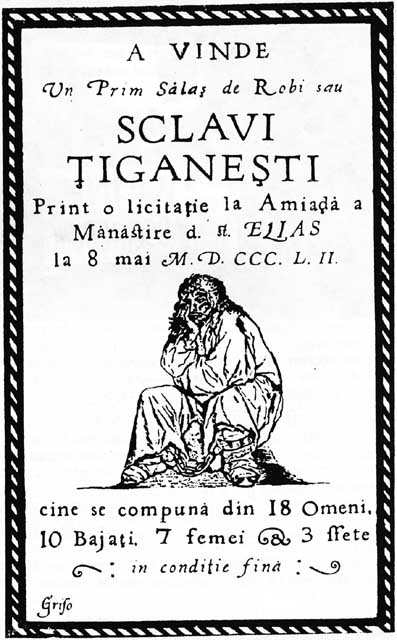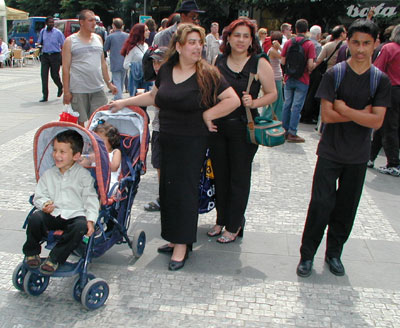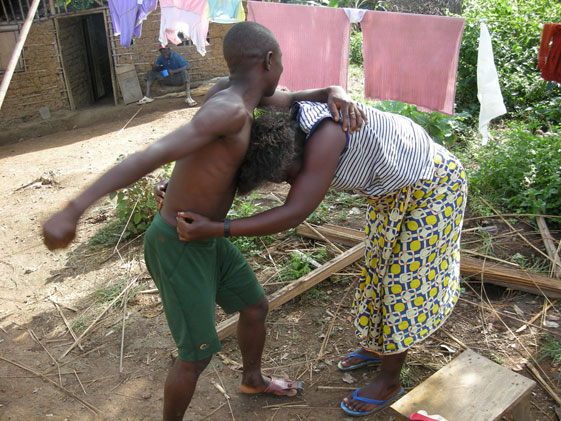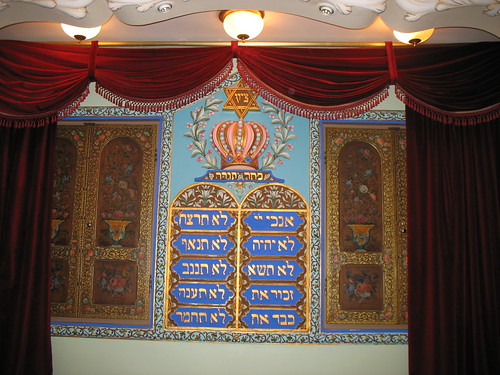On February 19, 1942, President Roosevelt signed Executive Order 9066. This allowed the military and INS to imprison any person of Japanese descent in camps often referred to as, "Department of Justice Internment Camps". Those Japanese who had recently immigrated were stripped of their legal status. Those who were naturalized were stripped of their citizenship, as were those born in the United States.
It was a dark reminder that sometimes the Constitution isn't enough.
Reparations
The reason we know about this undignified part of American history is the successful lobby for reparations, which put the story in front of the press, the Congress and the President. The Civil Liberties Act of 1988 allowed for each imprisoned Japanese American or their heirs to receive $20,000.
Reparations are sometimes looked down on, but it goes beyond asking for cash. Apologies come easy and cheap. They provide a thin blanket for a cold storm and don't require any sincerity or penalty. Reparations acknowledge, in action, that a wrong was done and sometimes that the nation benefited at the expense of the livelihood of others. It also creates a future penalty for violations of human rights.
This country disowned its Japanese American citizens as it created propaganda to demonize their entire ethnicity. In addition, they were bartered with like poker chips, exchanged with Japan for the freedom of American POWs. How much is that dignity and disruption in life and family really worth?
Japanese Latin Americans Left Out
One chapter that is often left out of the history of Japanese Internment Camps is the fact that the United States pressured Latin American nations to deport their Japanese, German and Italian citizens to the United States. German and Italian prisoners had additional access to court hearings, but still suffered greatly. There's some speculation that some German Jews from Latin America may have been traded with Germany.

Japanese Latin Americans leaving a temporary internment camp in the
Panama Canal Zone to join their relatives in U.S. internment camps.
April 7, 1942. Courtesy of San Francisco Public Library.
At least 12 nations responded with Japanese and European prisoners, with two-thirds being Japanese and 80% originating from Peru. There were over 2,000 Japanese Latinos imprisoned in the United States; 800 were traded to Japan in exchange for prisoners.
These Spanish-speaking Japanese suffered double humiliations. They were disowned by their own countries, deported to a foreign country and then further alienated in a nation whose language they did not speak. Many of their native countries were simply reacting to racism and jealousy of a successful demographic. Peru had many successful Japanese businesses and schools, which were easily grabbed once their owners and participants were deported. After the war, many Japanese Latinos were not permitted by their former countries to return. Because of their limbo status, many were imprisoned for much longer than other Japanese. Today, many of them still have tainted immigration records.
Kidnapped Illegals
Japanese Latinos were not included in the reparations. Janet Reno, who was US Attorney General and head of the Department of Justice at the time, interpreted the law to only apply to people who were citizens at the time of imprisonment. Because we forced these Japanese Latin Americans into our borders, Reno interpreted them as illegal aliens. Illegal aliens that our nation kidnapped and imprisoned in our borders.
One of the indignities of seeking redress is the fact that you have to sue to get your government to acknowledge what is plainly wrong. To hear your government only apologize after being sued is disheartening. To have to go through it twice is even more painful.
After a class action lawsuit was settled in 1998, it was decided that Japanese Latinos would only get $5,000. That's one fourth of what Japanese American citizens from the US received. In addition, there was no guarantee that it would be paid. Japanese Latinos were paid from a general fund only after Japanese Americans were paid their share.
The money ran out and only allowed for 145 Japanese Latinos to be paid from the fund.
Source
Read More

